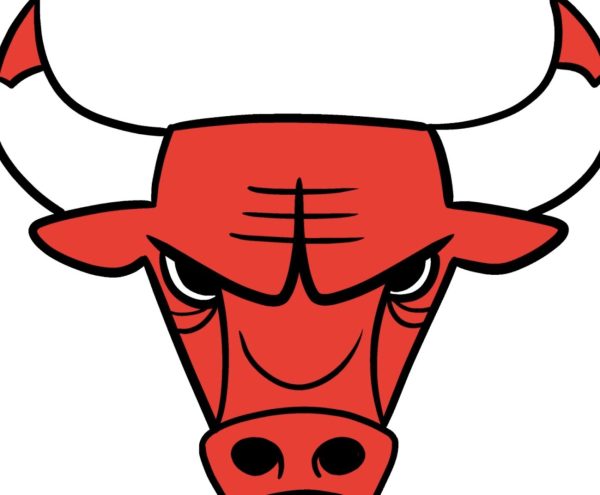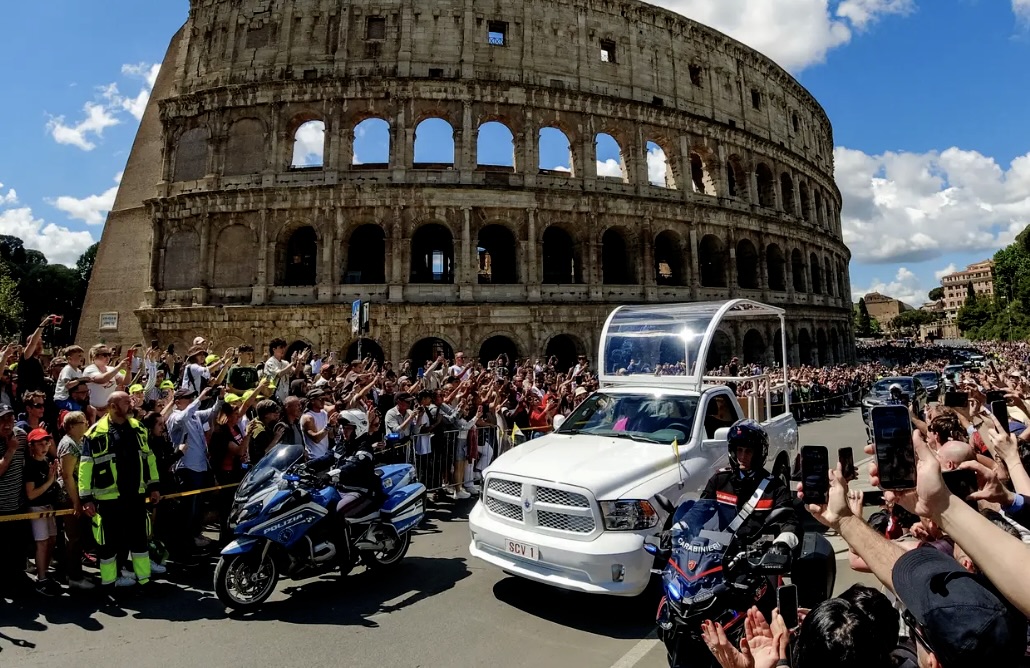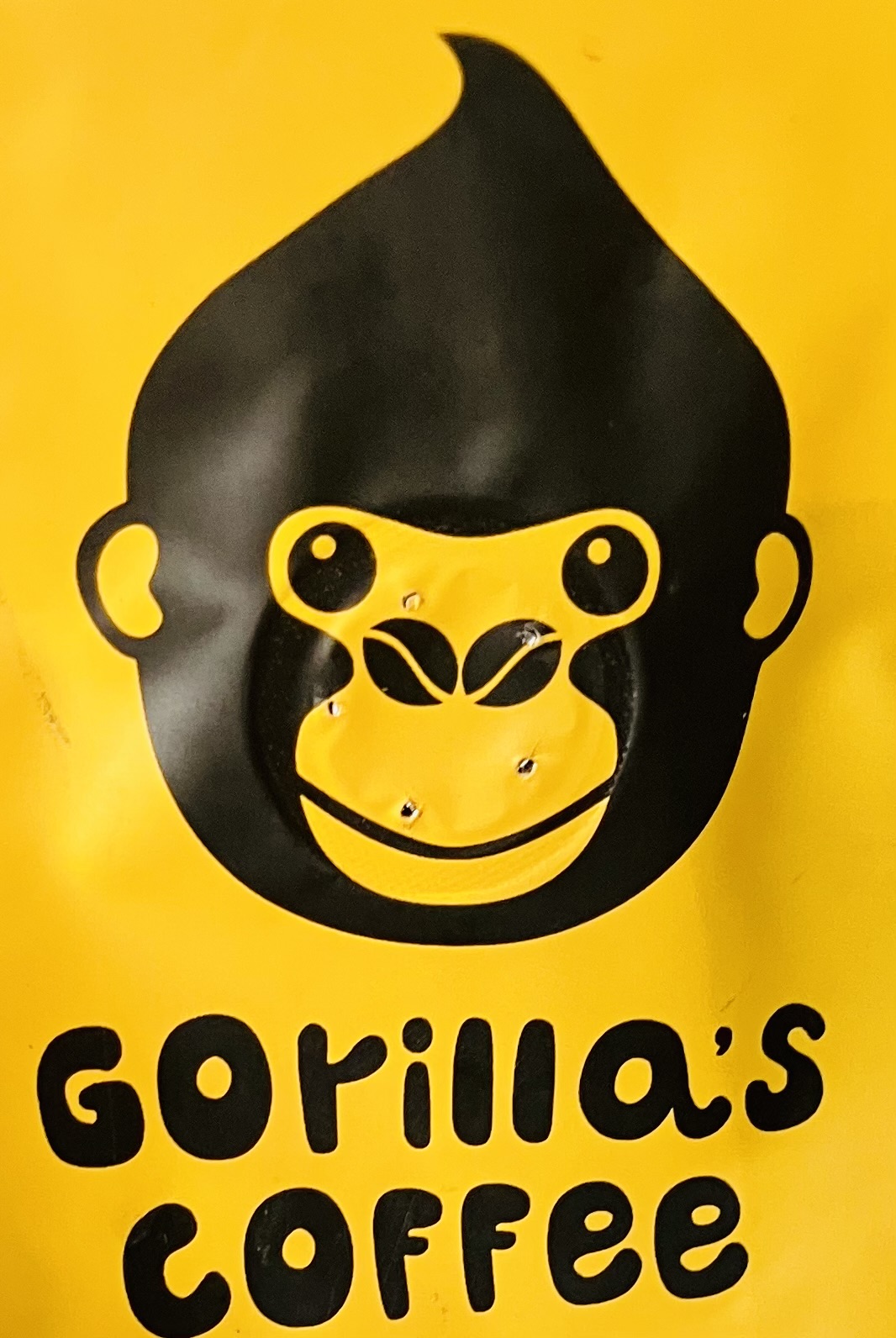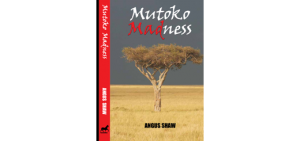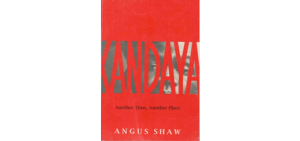How do you cook an elephant? With some difficulty. And how’s the cooked hippo?
 After Mr Mugabe’s 91st birthday party in Victoria Falls, where elephant was served, an American newspaper wanted to know how to cook an elephant.
After Mr Mugabe’s 91st birthday party in Victoria Falls, where elephant was served, an American newspaper wanted to know how to cook an elephant.
There are difficulties of scale here. The African elephant is the world’s largest land mammal, far outweighing its Asian cousins. A crane or a huge block and tackle would be needed to hang it after slaughter in the way smaller animals are hung. So the carcass is skinned and cut up with axes and saws. The pieces are elevated, perhaps from a tree, to bleed out, but not for as long, say, as a side of beef. The carcass is deboned – there’s no roast leg of elephant, there’s no oven big enough – and the
meat is hacked into manageable portions. It is roasted on an open fire or a barbecue made from oil barrels cut in half horizontally and laid sideways on a metal stand.
The meat can be boiled or stewed, but in all cooking methods little attention is paid to garnishes and spices beyond salt and oil; the elephant has little natural fat. It is generally tough to eat, it is bland with a slight “wild game” meaty flavour and improves with jalapeño chillies chopped and sprinkled on the steaks. It would improve further soaked in a marinade, but the hot outdoors – and the flies, beetles and ants – don’t often allow for that to happen. Indoors, elephant can be grilled or casseroled with, like other red meats, any of a number of seasonings – garlic, basil, cumin, oregano, rosemary, sage and tomato. Accompaniments: roast potatoes, basmati rice, maize pap (sadza) and fresh garden vegetables. (None of the Victoria Falls hotels has much refrigeration space for elephants.)
During the drought in the Ghonarezou national park – or The Place of Elephants, in Shona – in 1992, scores of up to five-ton 10ft-tall adult male Loxodonta africana died of thirst. Rangers dragged the remains to villages outside the park in southeastern Zimbabwe where the inhabitants set to chopping them up without hesitation or a thought for the best way to prepare the meal for the pot. Meat is meat to the hungry.Village women with very sharp knives did much of the filleting, though fillet is not
perhaps the right term for the result.
The preferred delicacies in a dead elephant are the entrails and the offal – the giant heart, liver and kidneys, and the stomach lining, known as tripe in conventional beef, pork and mutton recipes. The trunk is not liked. If not boiled, grilled or barbecued in circular slices slowly and with great attention and care it becomes chewy. The elephant’s trunk consists of thousands upon thousands of intertwined cord-like muscles.
Tourist hotels once offered elephant trunk steaks, but as sensibilities on wildlife and conservation changed they were withdrawn – much as American circuses are now phasing out performing elephants because of “customer resistance.” Crocodile tail steaks, tasting somewhere between pork and fresh water fish, were on offer too – eat a crocodile before it eats you, was the gimmick – but they are no longer sought after by discerning diners. When a crocodile is in danger or is killed, mainly for designer handbags and the like these days, it urinates a toxic ammonia from beneath the fleshiest part of the tail which must be thoroughly cleaned of the poison before stripping off the reptilian scales and cooking.
The meat of the herbivorous hippopotamus, on the other hand, is like the best beef money can buy, according to those familiar with it. The elephant also is a herbivore, eating up to 300 kilograms of fodder a day, mainly the leaves of trees and shrubs and not the rich variety of succulents, shoots, grassy outcrops and shoreline shrubs the hippo eats on its nocturnal forays to graze on land. Even with its enormous mouth, it does not eat fish or marine life.
(See Mutoko Madness by Angus Shaw, Boundary Books, page 8):
“Nightfall would signal the vegetarian hippo’s turn to emerge from the water to feed. In our legend, the hippo was the last animal to be created and was made up from the leftovers of others created before him. The hippo hated himself because he thought he was fat and ugly and begged the creator to allow him to live in the water. Permission was denied because with such a big mouth he would devour all the fish. He promised to eat nothing in the water and emerge at night to graze on God’s grass and shrubs. The creator again denied him permission to live in the water unless another promise was kept. The hippo would scatter his dung on the land so all creatures could ensure there were no fish bones in it.”


